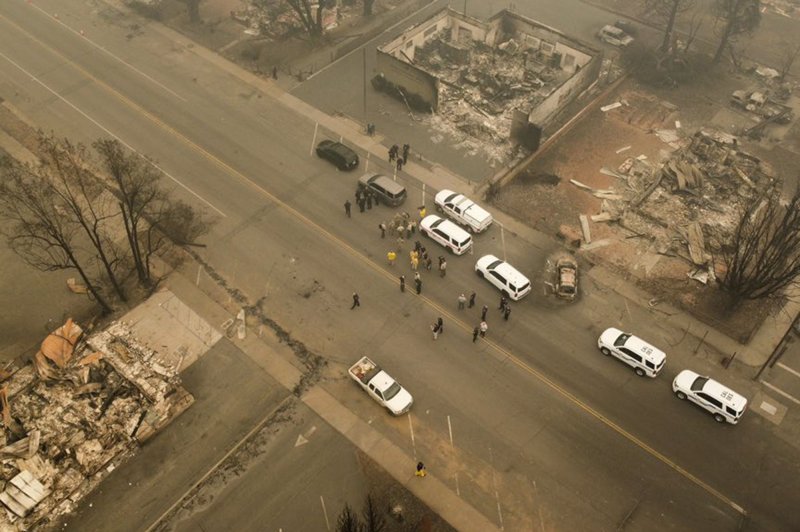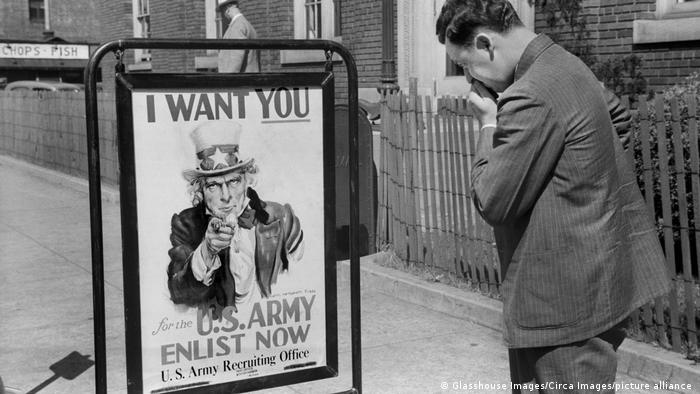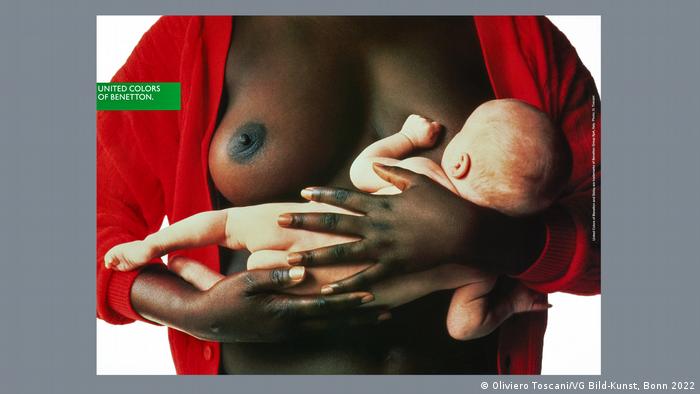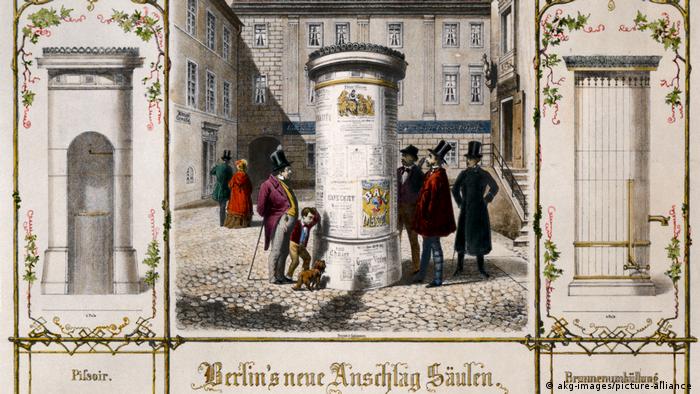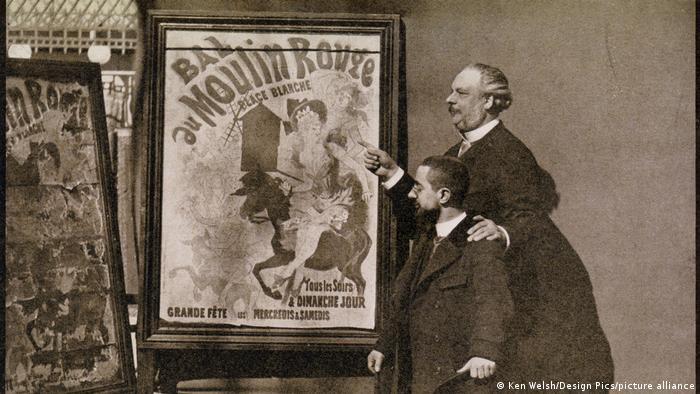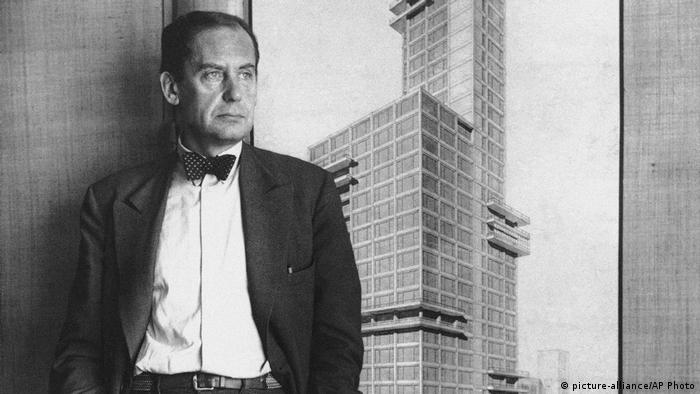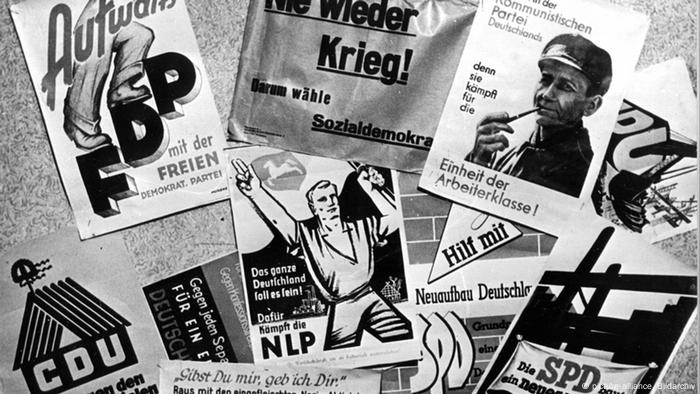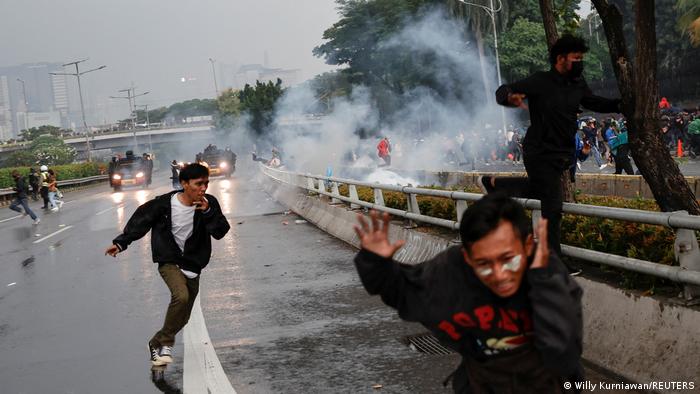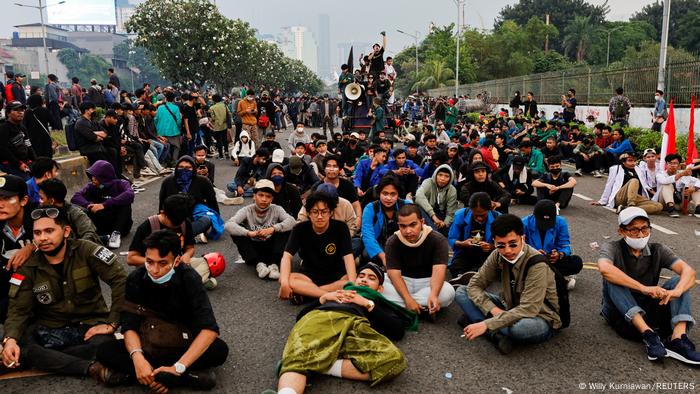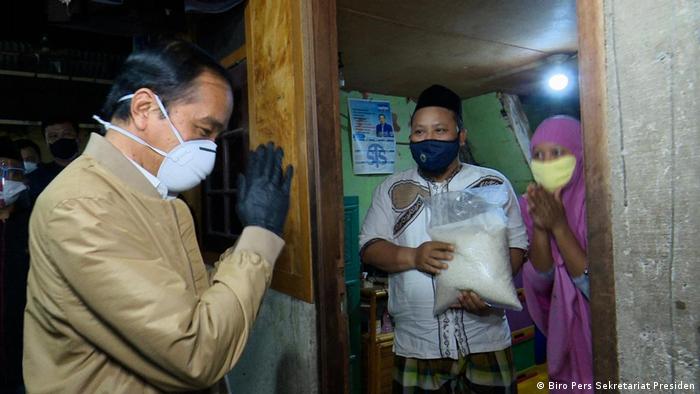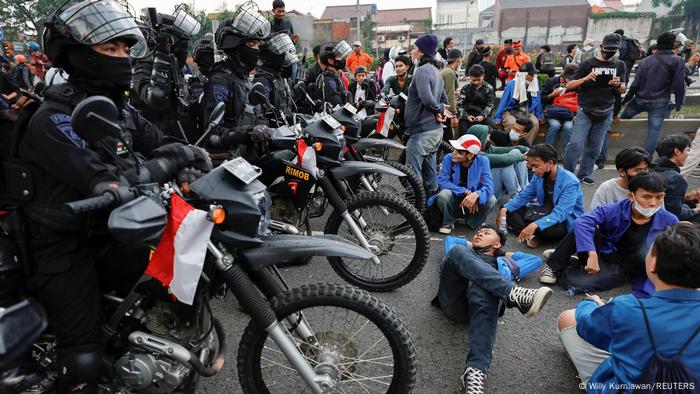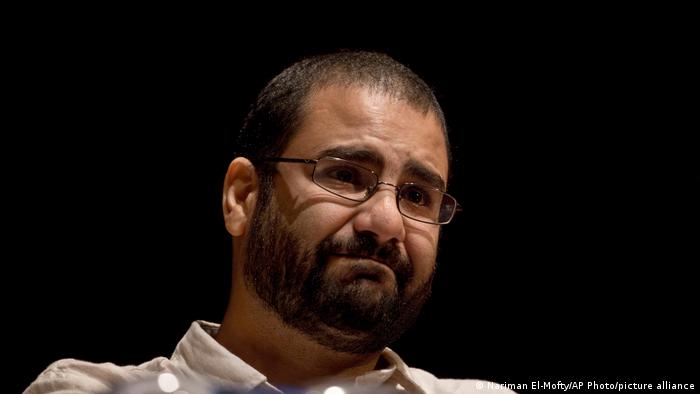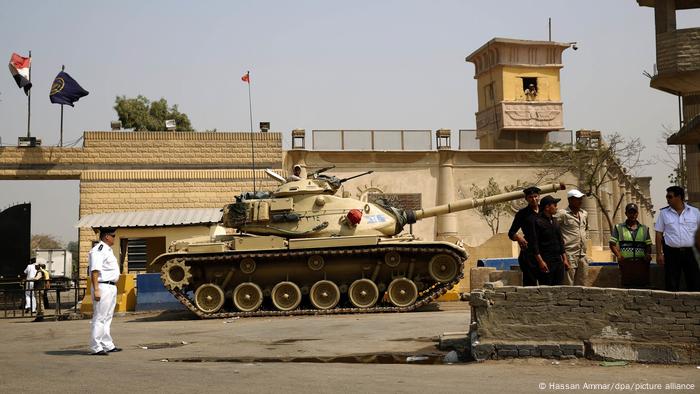Some smokers develop genetic defenses against lung cancer, study finds

Researchers may have discovered why only some smokers develop lung cancer.
April 11 (UPI) -- Some cigarette smokers may have genes that protect them from the genetic mutations that cause lung cancer, a study published Monday by Nature Genetics found.
The analysis of the cells lining the lungs of both smokers and non-smokers, both with and without lung cancer, found that smokers had more of the genetic mutations that cause lung cancer even if they do not develop the disease, the data showed.
However, while the number of genetic mutations detected in lung cells increased in parallel with the amount and length of time people smoked, this increase stopped at a certain point -- 23 "pack-years," which equates to smoking one pack per day of cigarettes for 23 years, the researchers said.
This suggests that some long-time, heavy smokers are able to "suppress further mutation accumulation" because they have "proficient systems for repairing DNA damage or detoxifying cigarette smoke," study co-author Dr. Simon Spivack said.
RELATED Tobacco use declined among U.S. adults in 2020, CDC reports
Still, whether some smokers can indeed develop this protection and how they do so, needs to be confirmed in larger studies, he said.
"Some heavy smokers may develop resistance to these genetic mutations or inherit resistance to these mutations," Spivack, a professor of medicine, epidemiology and population health and genetics at Albert Einstein College of Medicine in New York City and a pulmonologist at Montefiore Health System, told UPI in a phone interview.
"However, this doesn't mean it's safe for some people to smoke -- we know the more people smoke, the more risk you have for developing lung cancer," he said.
RELATED Study: White people more likely than Black people to be screened for lung cancer
Nearly 240,000 people in the United States will be diagnosed with lung cancer this year, about 80% of them smokers, the American Cancer Society estimates.
However, although the majority of lung cancer cases involve smokers, not all smokers develop lung cancer, Spivack and his colleagues said.
About 13% of adults in the United States are active smokers, the lowest level since the 1960s, according to the Centers for Disease Control and Prevention.
RELATED Lung cancer screening has saved more than 10,000 lives in the U.S.
For this study, Spivack and his colleagues used a technology called single-cell multiple displacement amplification, which was developed by Einstein College of Medicine researcher Jan Vijg, and allows for genetic analysis of individual cells.
They used the approach to assess lung epithelial cells, or those lining the walls of the lungs, in 14 "never-smokers" ages 11 to 86 years and 19 smokers ages 44 to 81 years. The cells were collected from patients who were undergoing bronchoscopy for diagnostic tests unrelated to cancer, according to the researchers.
The analysis revealed that genetic mutations accumulated in the lung cells of both non-smokers and smokers as they age, the data showed.
"Age increases these mutations in everybody and smoking further increases them, even if you don't develop lung cancer" Spivack told UPI.
However, significantly more mutations were found in the lung cells of the smokers in the study, the researchers said.
The number of cell mutations detected in lung cells increased along with the number of pack years of smoking, with one pack-year equating to one pack of cigarettes smoked per day for one year, they said.
Still, the rise in genetic mutations in lung cells stopped after the 23 pack-years of exposure.
The findings could help identify smokers who are at higher risk for lung cancer and thus warrant close monitoring, the researchers said.
" We don't yet know whether or not our findings will inform future diagnosis or treatment of lung cancer, but it is a step in the right direction," Spivack said.



